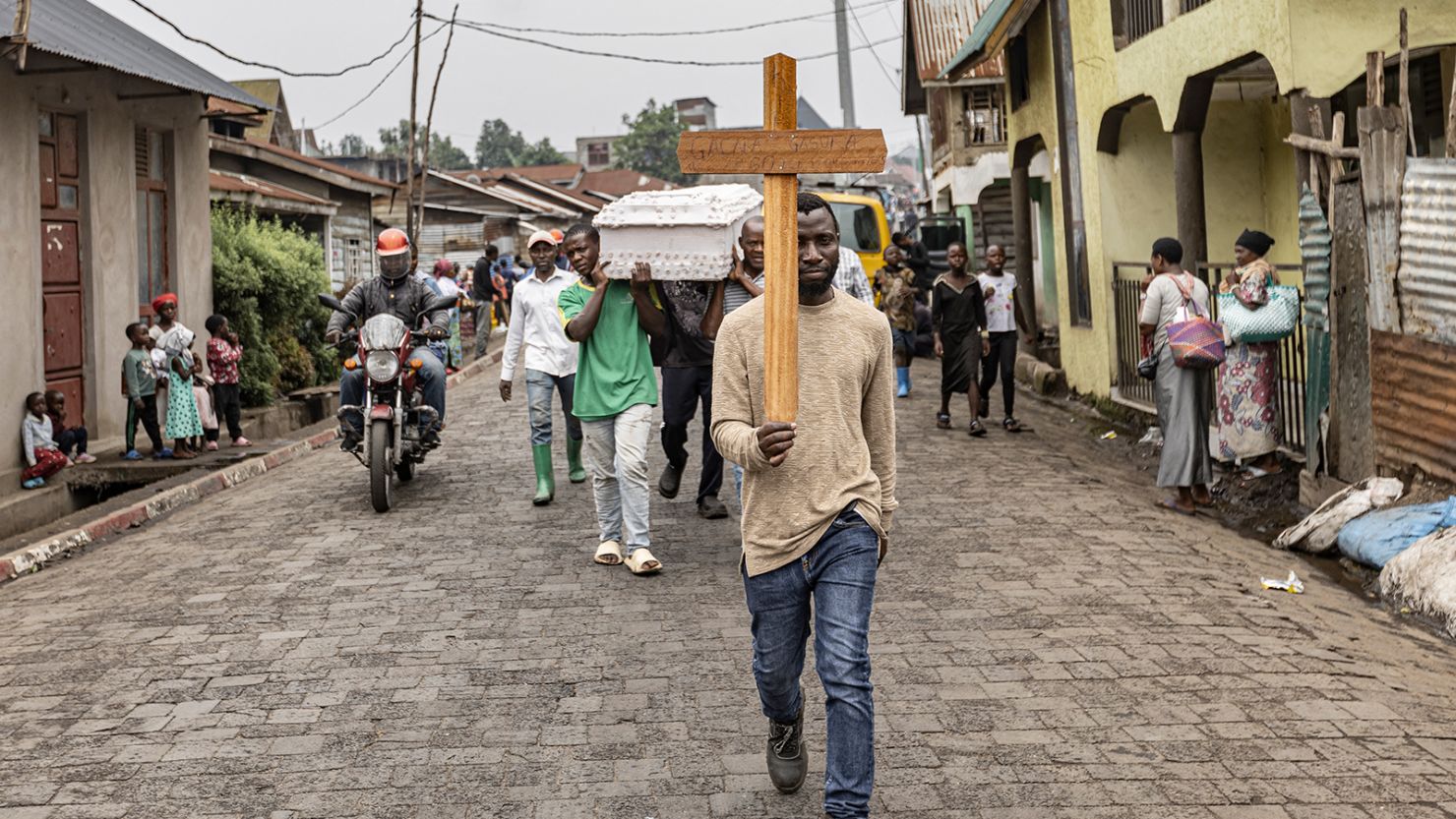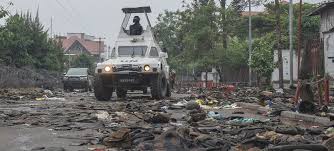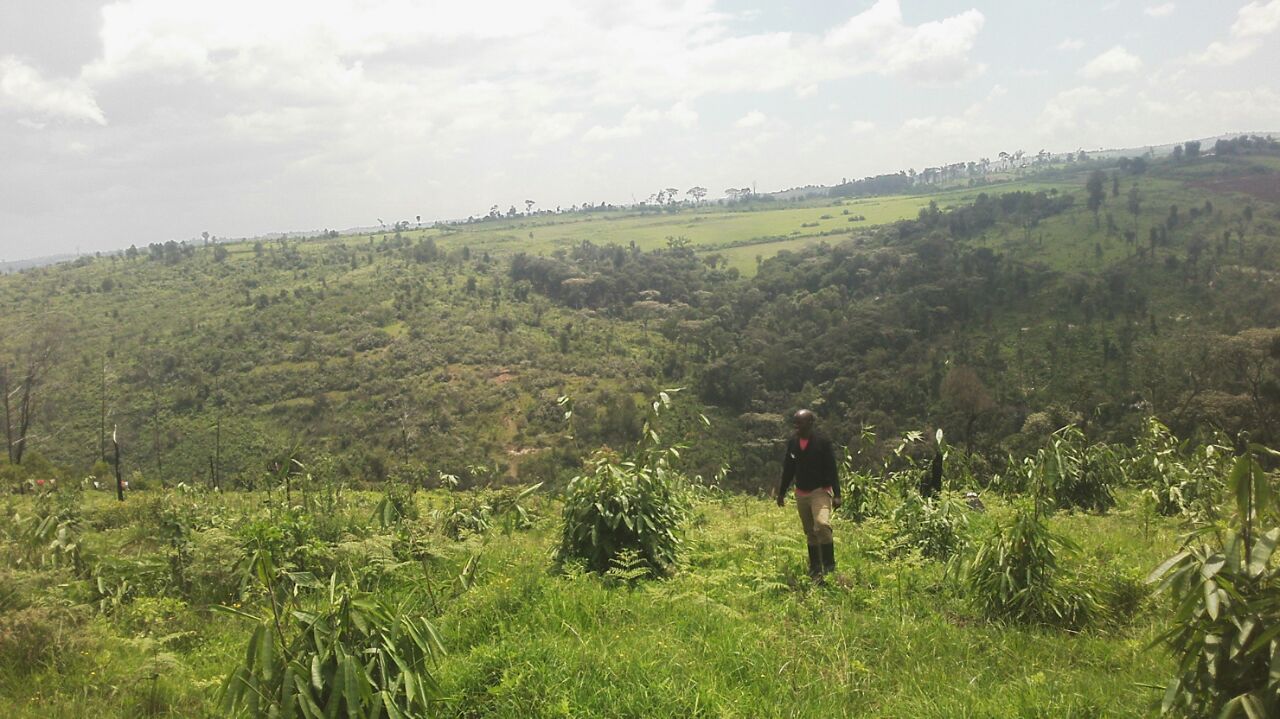By Gabs Mia
Goma,DRC: The Eastern region of the Democratic Republic of Congo is facing a devastating crisis, marked by both conflict and a collapsing public health system. The city of Goma has been particularly hard hit, experiencing a total blackout for over a week due to fighting that severed electricity supply networks.
The water supply has also been disrupted, leaving residents and medical facilities without essential resources. This has had dire consequences, especially for the hundreds of war-wounded patients who depend on hospitals for urgent care.
According to the International Committee of the Red Cross (ICRC), the lack of electricity and water has forced medical facilities to suspend surgeries, compromise hygiene standards, and halt the use of critical equipment such as ventilators and sterilization tools.
In some cases, patients on respiratory assistance have died, while others have been left untreated due to the inability to power operating theaters or monitor patients. The ICRC managed to restore partial electricity by repairing a power line supplying 70% of the city, including the Kyeshero water pumping station, which serves several districts and medical facilities. However, full restoration of services remains uncertain, leaving Goma’s healthcare system in a precarious state.

A Looming Health Catastrophe
The 782,000 residents of Goma are facing severe health risks due to the collapse of basic infrastructure. The disruption of the water supply has forced people to draw untreated water directly from Lake Kivu, which increases the risk of waterborne diseases like cholera – a disease already endemic to the region. The ongoing conflict has worsened the situation by disrupting healthcare services and forcing patients to flee treatment centers.
A recent report by the DRC’s Ministry of Health, Hygiene, and Social Welfare revealed that more than 100 patients being treated for Mpox—a viral disease spreading in the region—escaped from isolation centers due to armed clashes between the DRC’s armed forces and M23 rebels. Of the 143 confirmed cases isolated in Goma, Karisimbi, and Nyiragongo health zones, only 15 remain in treatment. The rest have fled, and some facilities have been completely looted, leaving healthcare providers unable to contain the outbreak.
The Ministry of Health says currently there are 773 bodies in Goma hospital morgues.
The Ministry has also highlighted additional challenges, including limited access to conflict zones, shortages of medicines and blood products, looting of medical supplies, and a lack of ambulances, body bags, and specialized medical personnel. These issues have crippled the region’s ability to respond to both the conflict and the health crises it has triggered.
A Regional and Continental Threat
The crisis in Goma is not just a local issue; it has far-reaching implications to the Great Lakes region and the African continent as a whole. The African Centre for Disease Control and Prevention (Africa CDC) has warned that the deteriorating security situation in the DRC could lead to a large-scale health catastrophe. In a letter signed by Dr. Jean Kaseya, Director General of Africa CDC, the organization urged African leaders to act swiftly to prevent the uncontrolled spread of deadly epidemics.
“If decisive action is not taken, it will not only be bullets that kill, but also the uncontrolled spread of deadly epidemics,” the letter stated. “This crisis goes beyond the borders of the DRC and threatens the entire continent.”
The Africa CDC emphasized the need for peace as a prerequisite for ensuring public health. The organization also called for increased domestic investment in healthcare and the development of innovative financing mechanisms to strengthen Africa’s ability to respond to future crises.

A Call for Immediate Action
The situation in Goma underscores the urgent need for a coordinated response to address both the conflict and its health repercussions. The DRC’s Ministry of Health has convened crisis meetings with provincial health departments and international partners to assess emergency support capacity. However, without a resolution to the conflict, these efforts may fall short.
The international community and regional leaders must prioritize dialogue and peacebuilding to stabilize the region. As the African CDC warned, the future and survival of Africa depend on the ability to act swiftly, decisively, and in unity.
The city of Goma represents a microcosm of the immense challenges facing both the Democratic Republic of the Congo and the African continent as a whole, with over a million displaced people living in dire conditions.
The consequences of inaction are severe; the cost of this crisis will be tallied not only in lives lost due to violence but also in those succumbing to preventable diseases and the collapse of healthcare infrastructure. Immediate intervention is crucial to mitigate the devastating impact on Goma’s residents.













